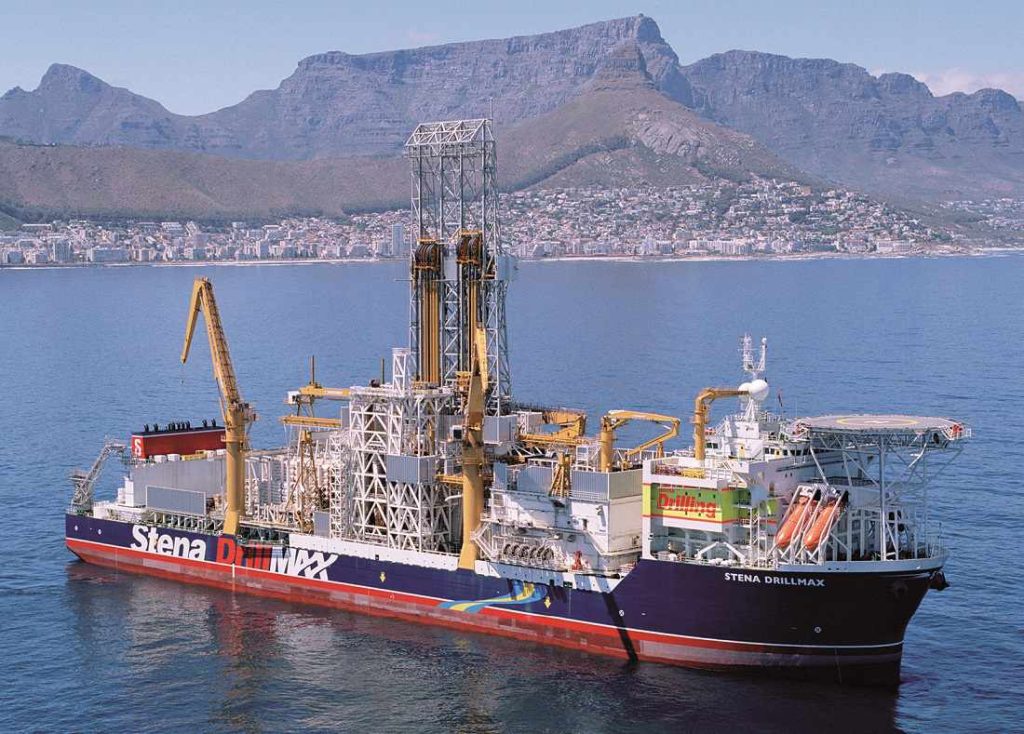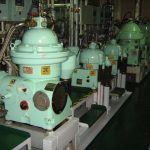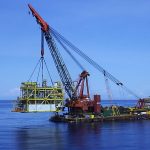MODU or mobile offshore drilling unit is a term for floating drilling units such as semi-submersibles, jack-up rigs etc.
Oceans have provided us with the bulk of fossil fuels and they still continue to do so. Since decades, petroleum companies have been on a constant lookout for the availability of reserves around the globe.
When the land reserves were getting emptied up due to the constant scooping and drilling, the ever increasing demand for oil and gas had to be extended to the resource-rich oceans.
Offshore drilling and platform development has catered billions of tonnes of natural resources to the global markets over time. Subsea drilling and the related work are considered operationally challenging and financially taxing.
In this article, we’ll try to explain in brief on what goes into drilling oil wells at sea and how gigantic rigs and support platforms have made ultra-deepwater resources available to the world markets.
Locating the offshore oil and gas reservoirs and use of MODU
To decide on a site with a potential oil/gas payout, Geologists and Geo-Scientists work their ways in and around the information collected off the areas with possible oil or gas reservoirs.
Oceans have provided us with the bulk of fossil fuels and they still continue to do so. Since decades, petroleum companies have been on a constant lookout for the availability of reserves
To decide on a site with a potential oil/gas payout, Geologists and Geo-Scientists work their ways in and around the information collected off the areas with possible oil or gas reservoirs.
Survey vessels with or without Dynamic Positioning systems are hired for seismic surveys. These maritime vessels are equipped with sophisticated equipment, machinery and laboratories, which are able to scan the sea bed to understand the rock formations and find out natural resources lying underneath.

Sound waves are sent, received and decoded from the modern day survey vessel to give Scientists and Geologists sizeable 3D images in order to analyse and discover potential oil and natural gas pockets hidden between the porous rocks underneath the sea.
Site acquiring
Once the site is identified and selected, boundaries are surveyed and earmarked by the local governing body for Energy and Resources. Studies for impact on the environment are carried out. After determining the potential energy sites, oil companies are then called for auctions on unleashed blocks and are asked to submit their bids for a particular block. Naturally, the highest to bid gets the right to drill.
Drilling techniques
After the potential energy-rich blocks are legally cleared, oil companies pursue their investments by employing mobile drilling units that are temporarily acquired and are able to move on to other sites. Permanent structures such as Oil and Natural Gas Platforms are fitted if a location proves energy affluent.


